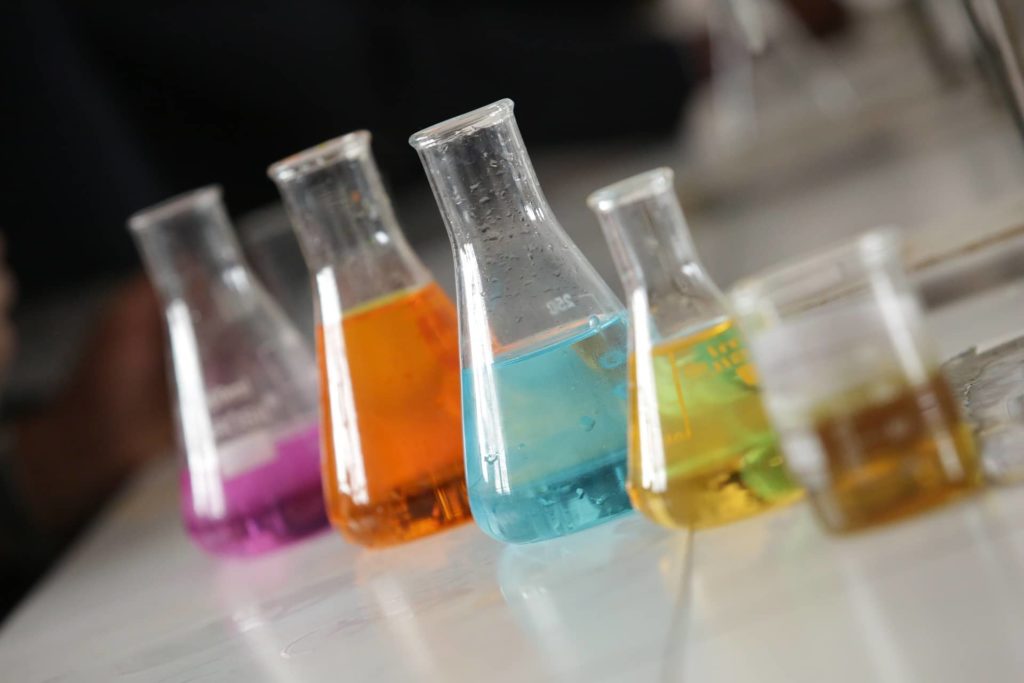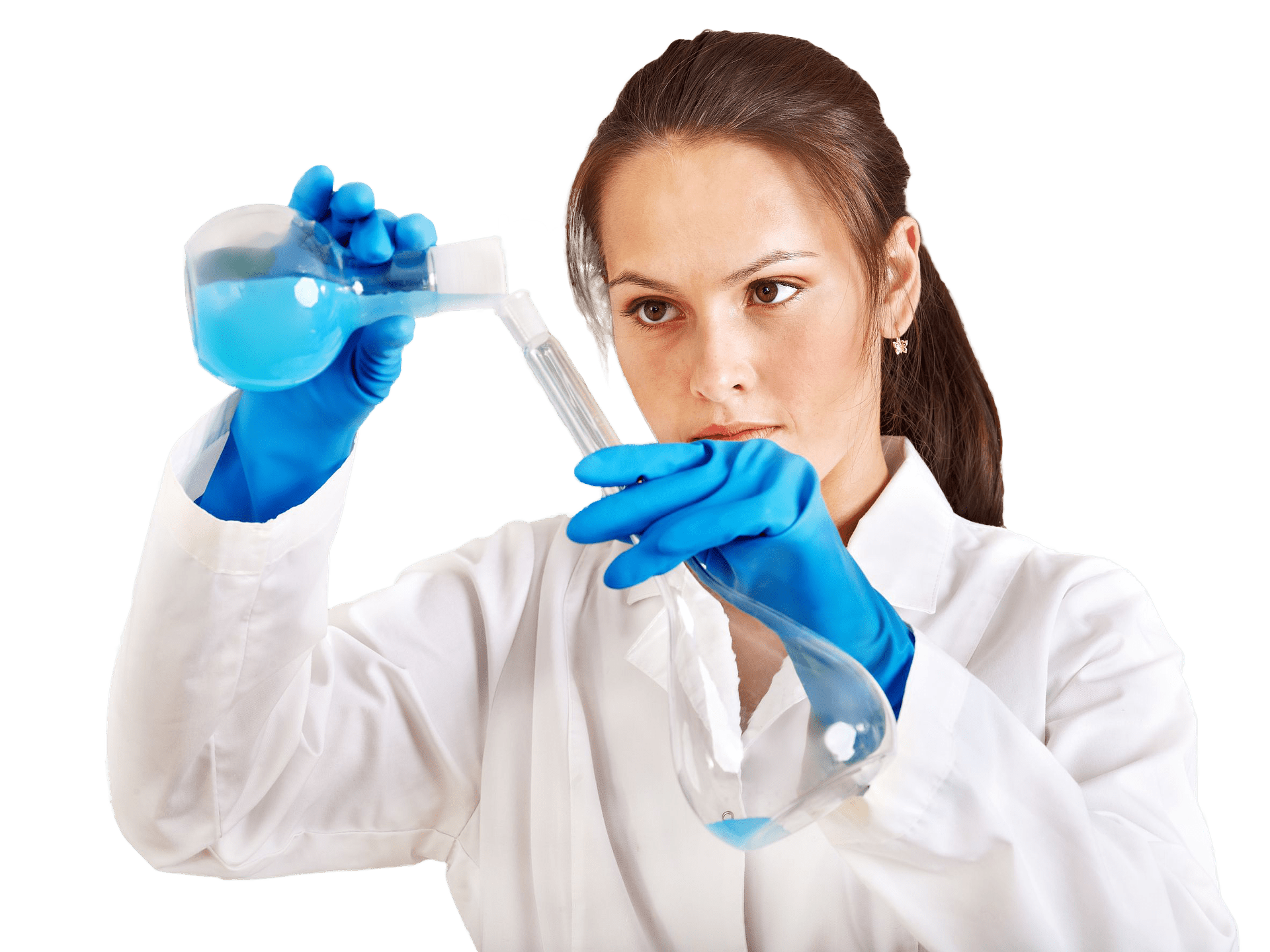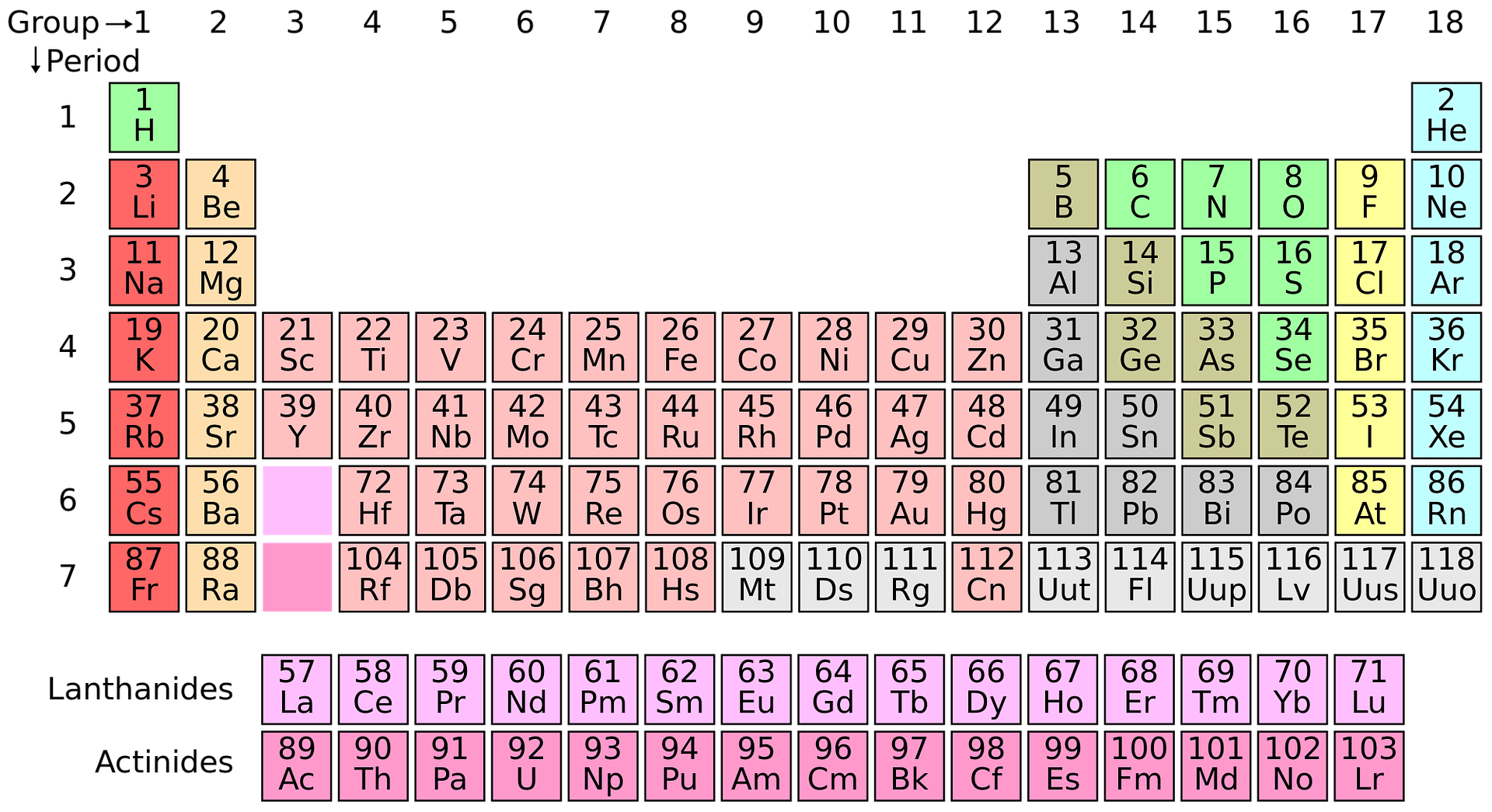Research chemicals are specific chemical substances utilized by scientists for specific medical and pharmaceutical research purposes. One feature of a research chemical as a pharmaceutical or medical product is that it’s for lab research usage only; a medical or pharmaceutical product developed from a research chemical does not necessarily belong to the category of human or pet use products. Historically, scientists have used a wide variety of different chemical substances to develop these medicines and drugs.
Research chemicals (RCs) have no legal or valid medical purpose for the public and are extremely dangerous. Unfortunately, despite their name, synthetic drugs are not medicines used in clinical research. Instead, these Rcs are commonly abused by patients who think that they are taking prescribed medicines when they are not. This type of abuse leads to serious and sometimes life-threatening side effects. There are many ways to protect against the potential dangers of abuse and prescription drug misuse (1).
There are some known examples of early research chemicals. The most obvious example is penicillin, the first common cure for serious diseases. From this humble origin came the wonder drug, the penicillin laced with the first antibiotics. Over the centuries, other drugs such as anesthesia and chemotherapy agents were developed. Now, these drugs are often used in cancer treatment.

In cases where drugs are necessary or desired, research chemicals are often used instead of natural cures. Research chemicals, such as etizolam, a sleep medication, are often administered to people who suffer from insomnia. Etizolam, a benzodiazepine tranquilizer, is frequently administered to help patients relax during the daytime. While it is generally harmless when taken at the recommended dosages, some side effects do occur, including confusion, anxiety, depression, hallucinations, and memory loss (2).
Things to note when it comes to research chemicals
First, consumers should be educated about how research chemicals work. It is important that people are familiar with how RCs are made and how long the active ingredients of the drug have been tested before they get to the market. The last thing anyone wants is to get high on a synthetic drug that may not even work right. People should also be aware that most synthetic drugs have no formal or recognizable medical purposes. In other words, Rcs are used as just “fun” drugs for recreational use.
Unfortunately, Rcs are the most popular synthetic drug because they have powerful hallucinogenic properties. These include but are not limited to amnesia, depersonalization, derealization, foggy feelings, depersonalization, hypnosis, shamanic experiences, and panic attacks. In fact, Rcs are considered a “class” of hallucinogenics – substances that cause hallucinations. A good example of this is the highly popular bath salts or synthetic cathinones.
The main reason that Rcs are so popular as recreational drugs are that they mimic the effects of many natural substances. For instance, lysine is an amino acid found in foods like milk and peanut butter. Because it can be synthesized in laboratories, lysine is often included as a synthetic drug in RCs. Another popular RCs with the street name shadow, is an animal tranquilizer. This tranquilizing agent was originally used to treat psychiatric patients with problems associated with anxiety and panic attacks (3).
Some questions being asked
Because RCs are considered to be so closely related to natural substances, some scientists have started to question whether or not RCs are as dangerous as other recreational drugs. If a person has enough exposure to RCs, can they really “turn off” their brain’s natural aversion to the chemical? What about the long-term use of RC drugs that causes a drug tolerance to take in more chemicals? The bottom line is that more is still to be known on the research chemicals category and what they may pose to public health and safety.
Unfortunately, it may already be too late to take any sort of action against research chemicals. Most of these synthetic drugs were developed in the 1970s and are already entrenched in our culture. According to a report by the National Institute on Drug Abuse, one in every four teenagers has used a RC substance at some point in time. It is estimated that millions of Americans regularly ingest RC-based products through drinks, candy, mouthwash, and even prescription medications.

Unfortunately, because of the strong connections between RCs and mental illness, many innocent people will get addicted to these drugs. If you or someone you know may be suffering from the symptoms of a mental disorder, please seek professional help. Many states have taken steps to curb the rising problem of synthetic drugs. For example, in Florida, doctors are required to give a warning before prescribing any RC-based medications, including Suboxone, to anyone who wants to take them. In Maryland, doctors must screen patients for any kind of drug, including RCs, before prescribing them.
Another symptom of RCs addiction is psychosis, also known as a mental illness. Those who experience constant delusions and hallucinations may be suffering from a severe case of RCs addiction. The worst-case scenario for those addicted to research chemicals is death. However, there are many individuals who successfully recover from their paranoia and psychosis. This demonstrates that the connections between paranoia and addiction are real, and real threats to society.
Some beneficial uses of research chemicals
However, there are numerous other uses for scientific research chemicals. Some people and companies are interested in using these research compounds in order to create new, beneficial chemicals. Others research chemicals for other purposes, such as using them to create environmentally friendly products and solutions. Others search out and test substances for effects that they show in animals, humans, and plants. For example, scientists researching the effects of plant chemicals on mice show that some of the chemicals have very similar effects on human beings. However, humans differ greatly, and the effect of some plant chemicals on humans may be damaging or toxic.
Research chemical compounds can also be used to produce pharmaceuticals. Some researchers prefer to work on pharmacology, determining which drugs have desirable effects and which do not. This can be done by studying the effects that various chemicals have on different diseases and their treatment. Other types of research chemicals are used to convert certain substances into drugs. By modifying the chemical makeup of drugs, researchers can control how they affect the body and treat illnesses more effectively.
- Ibogaine: Exploring the Potential and Perils of a Psychedelic Therapy
- Behavioral Therapy: All You Need To Know About Behavioral Therapy
- Substance Use Disorders: Understanding the Science, Risks, and Recovery
- Cognitive Behavioral Therapy (CBT): Unveiling the Depths of a Transformative Approach
- Mescaline: Exploring the Science, History, and Therapeutic Potentials


Recent Comments